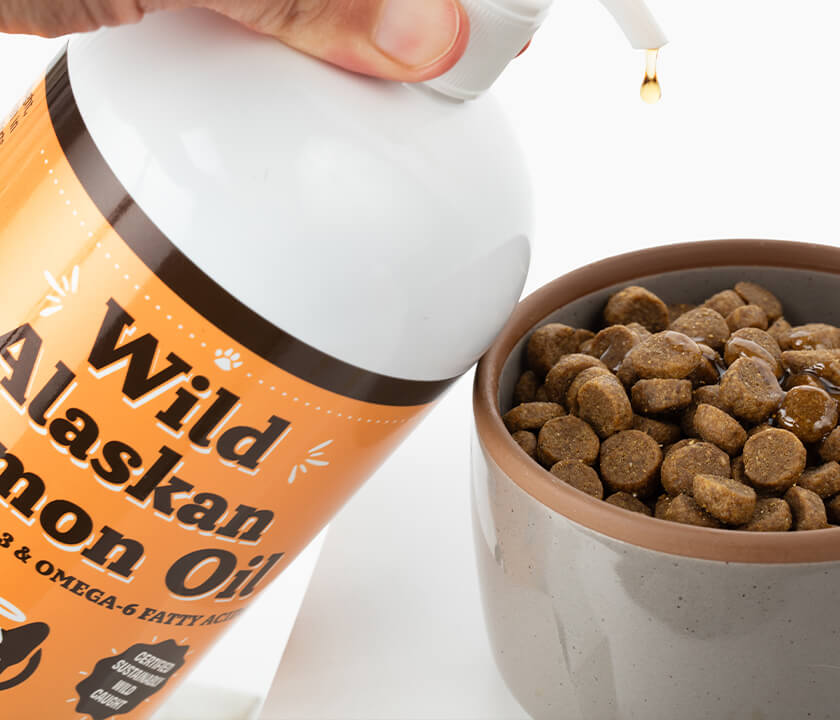Working canines such as search and rescue dogs amaze investigators and researchers everyday, simply by using the power of their noses to save lives and solve crimes. While chapped or dry dog noses can become too damaged to properly smell everything around them, healthy, moist dog noses are capable of truly incredible feats.
You might be able to identify if a teaspoon or two of sugar is added to your morning cup of coffee, but your dog can sniff out one teaspoon of sugar added to one million gallons of water! Your dog’s nose is 10,000 to 100,000 times more powerful than yours, meaning even the smallest scents can catch your dog’s attention; this is why your dog uses his or her sense of smell to analyze the world around them. Things that have no smell at all to you or I, have a distinct smell to your dog. It’s no wonder that dogs are being used by search and rescue teams everywhere to smell out the answers to today’s most puzzling and chaotic cases.

Saint Bernards were used as some of the earliest search and rescue dogs, trained to find avalanche victims in the Swiss Alps.
How Dog Noses Save Lives
For over 300 years, dogs have been helping to search for and rescue humans. The monks of the Great St Bernard Hospice located in the Swiss Alps were the first to use dogs in their search efforts, sending the stoic dogs out to find lost or stranded travelers along the snowy passes between Italy and Switzerland.
Since then, dogs have been used for a variety of search and rescue efforts. After all, a dog only needs access to a few footprints to detect which direction a person headed along a path or trail. Not only can dogs smell what seems nonexistent, they can do so without being distracted by all of the other scents present. A dog’s nose can locate a child who has wandered away from home, a missing Alzheimer’s patient, or even someone buried beneath layers of snow or rubble. On any given rescue mission, search and rescue dogs may zero in on a variety of specific scents, including perspiration, respiratory gasses, bacteria on human skin and tissue, decomposition gasses, or some of the 40,000 skin cells we shed every minute.
Types of Search and Rescue Dogs
Using their incredible canine nose to pick up smells is a natural talent all dogs posses, but search and rescue training is intensive for both the dog and the handler. Training begins at an early age with socializing, obedience, and agility. Training typically lasts for around 12-18 months before a dog is ready to join a search and rescue team. Most search and rescue dogs are given an early retirement, between 5 and 10 years old, because of the intensity of their work.

Bloodhounds like Barnaby can use their incredible sense of smell to track down missing flood victims in water rescue; they only need an item that touched the person to associate the scent.
There are two common types of search and rescue dogs, one is scent discriminate, meaning they can smell out someone after being introduced to their particular scent—perhaps through a piece of their clothing. The second type is a non-scent discriminating dog; these canines are able to search out any human scent that might be present. Many dogs have particular training in searching avalanches, water, or rubble.

Search recovery dog Rusty lays down to signal his handler that he has found a possible scent in the devastation of Hurricane Katrina.
Nose Psychics: Smelling What Others Can’t
Not only are search and rescue dogs trained to find humans and other animals, but they are also trained to respond in a certain way to indicate their discovery. Some will bark to notify their handler of something, while others are trained to lie down, stand up on their hind legs, or a variety of other specific actions. These dogs love to work and are eager to please their handlers by locating their quarry. Even if the object of their search is not present, these dogs can use their nose to identify if the person was previously in a certain location, or if a particular item came into contact with them.
Though often excluded from the media, search and rescue dogs are responsible for saving lives, providing closure, and helping first responders every single day.
How To Treat and Prevent A Dry, Crusty, Chapped Dog Nose
Even though your dog might not be an official search and rescue canine, they too depend heavily on their super strong nose. Allergies, weather, and more can impact the outer texture of your dog’s nose, which ideally should be a smooth, moist surface. After only a few applications of all-natural Snout Soother, your dog’s nose will be moist and healthy—ready to take on the world, nose first.












